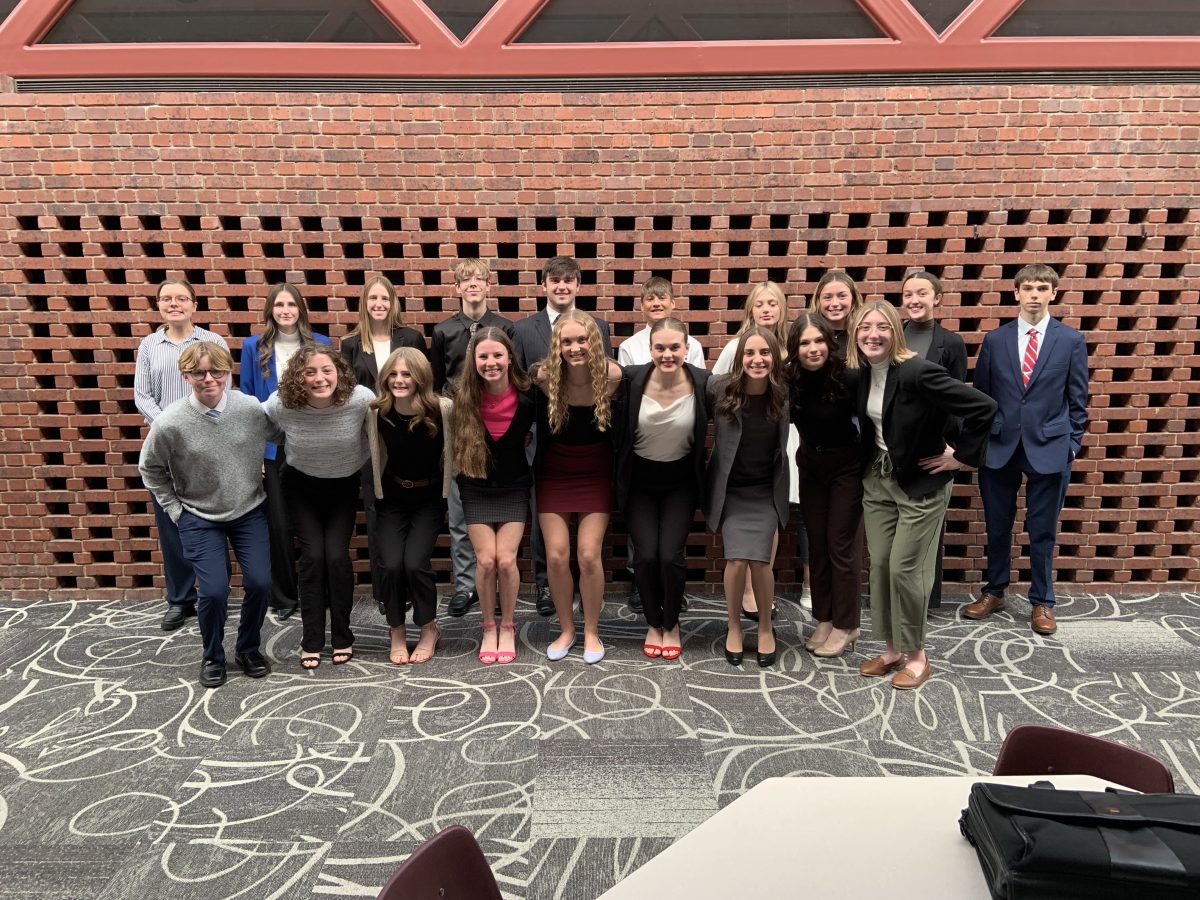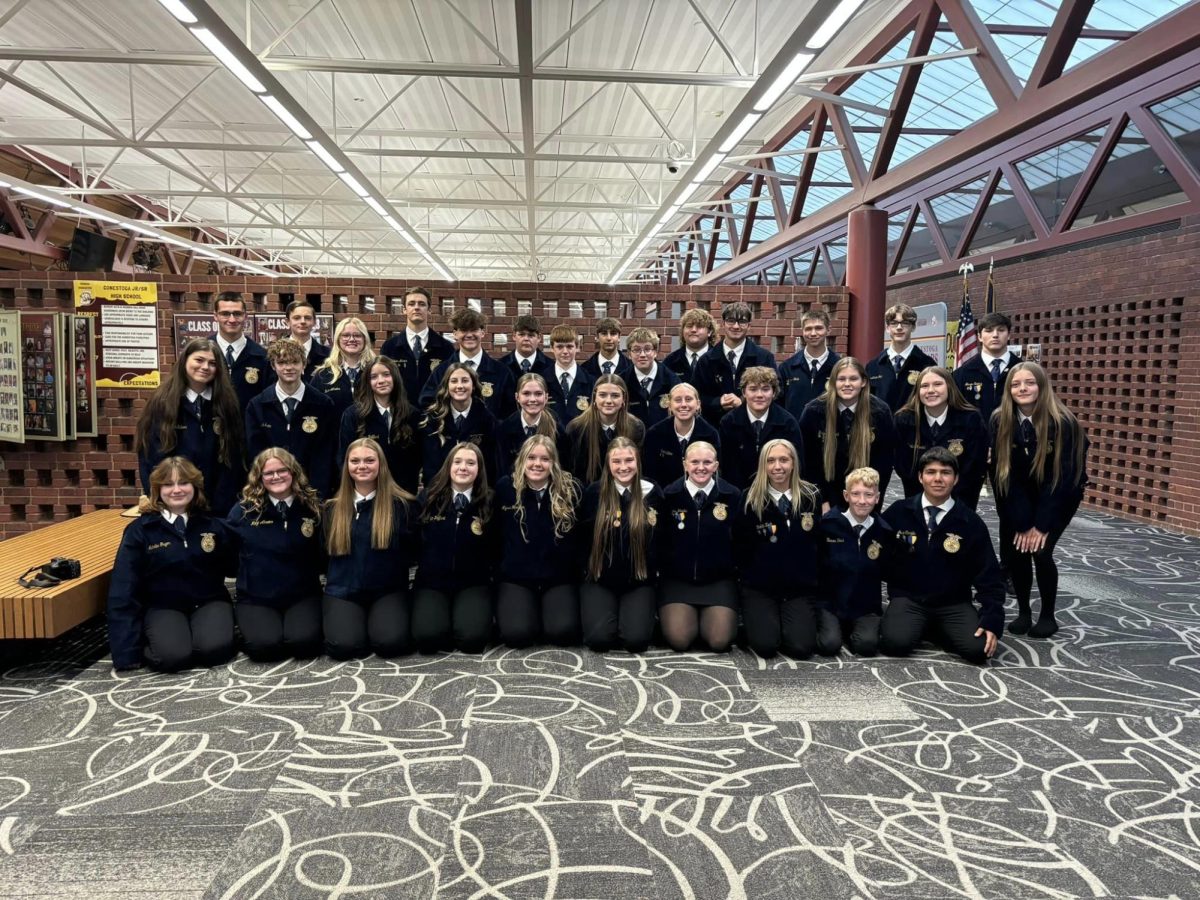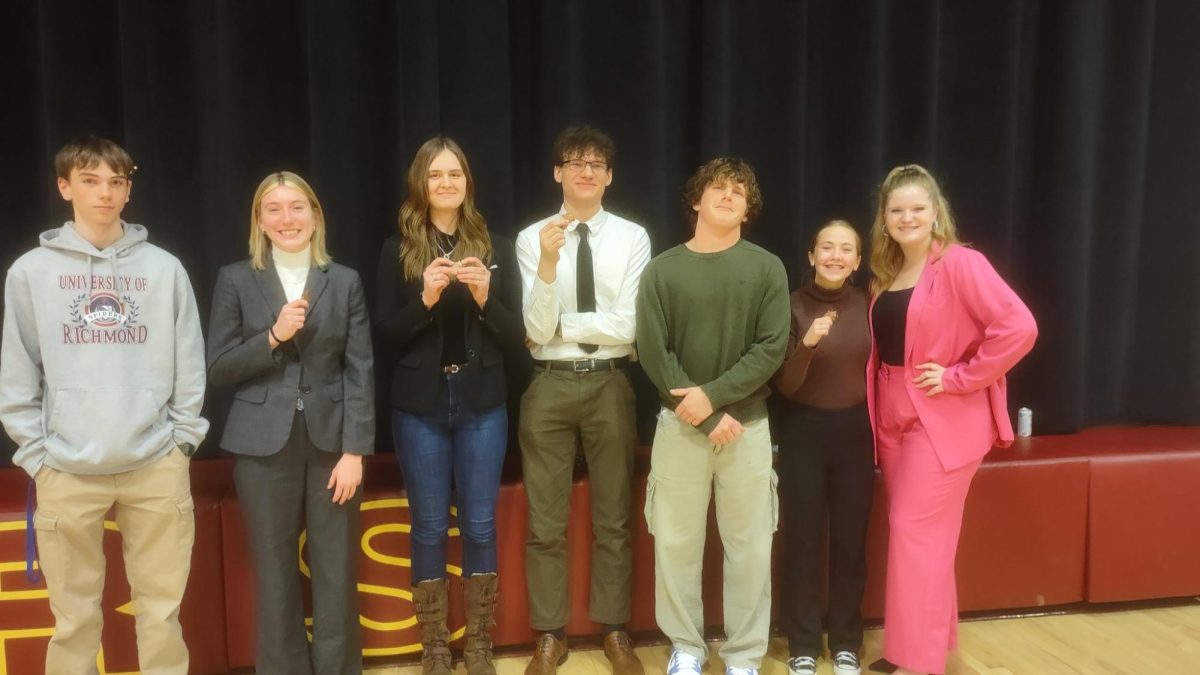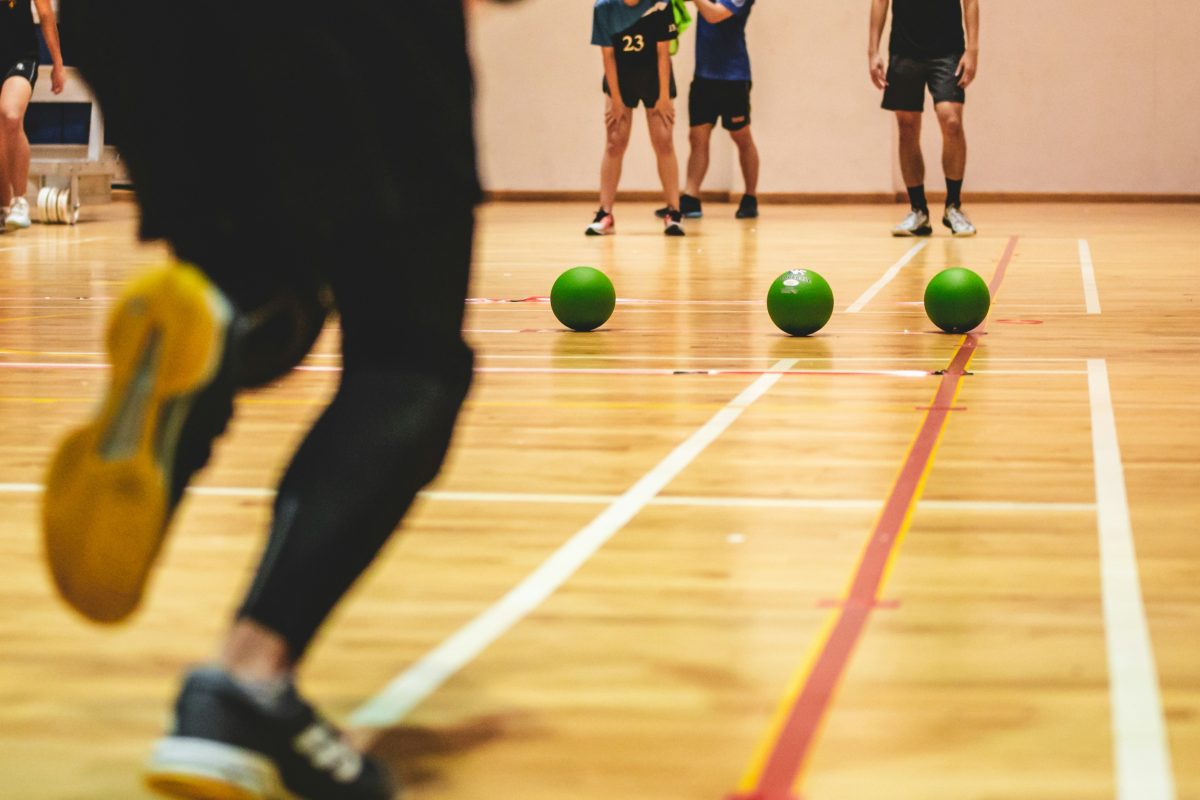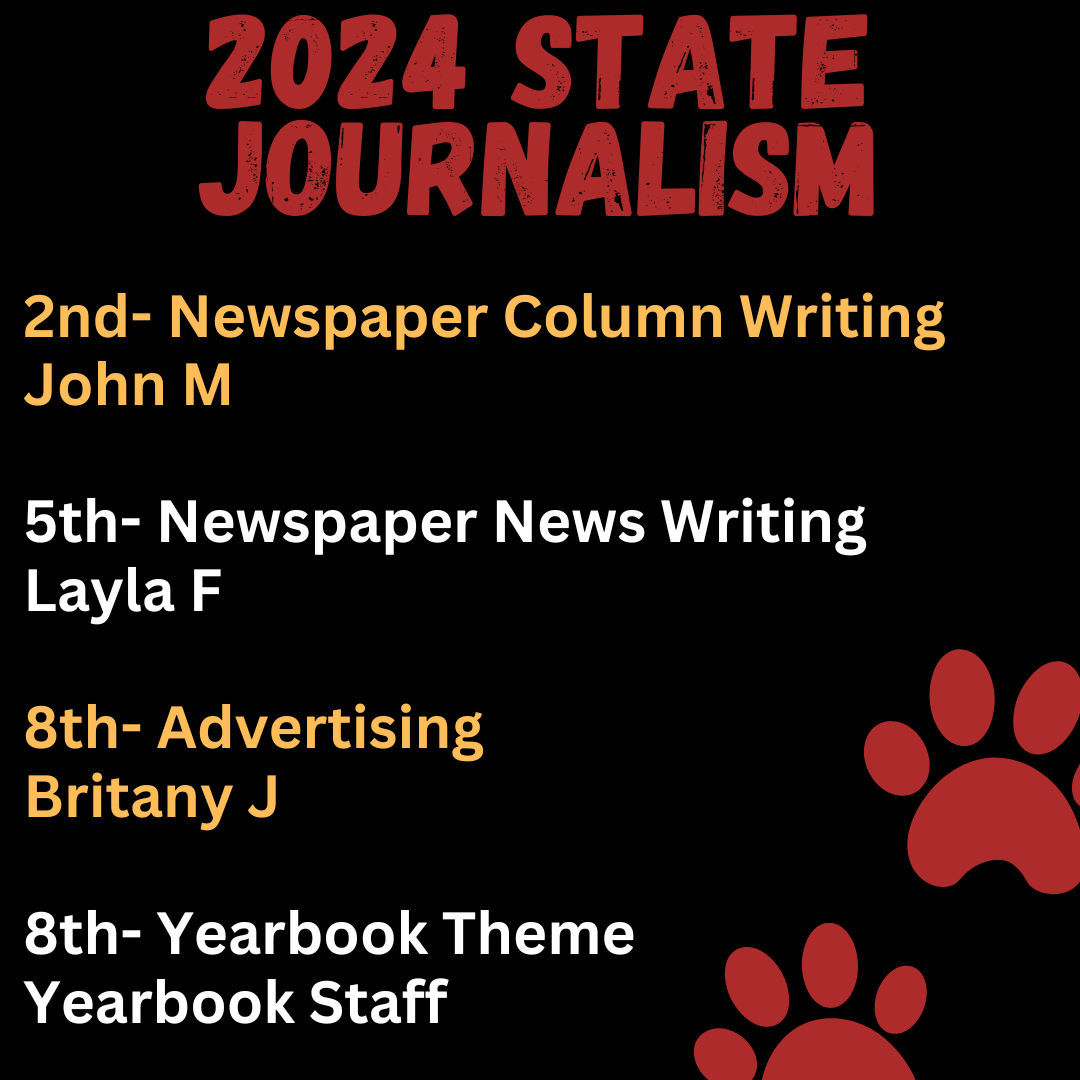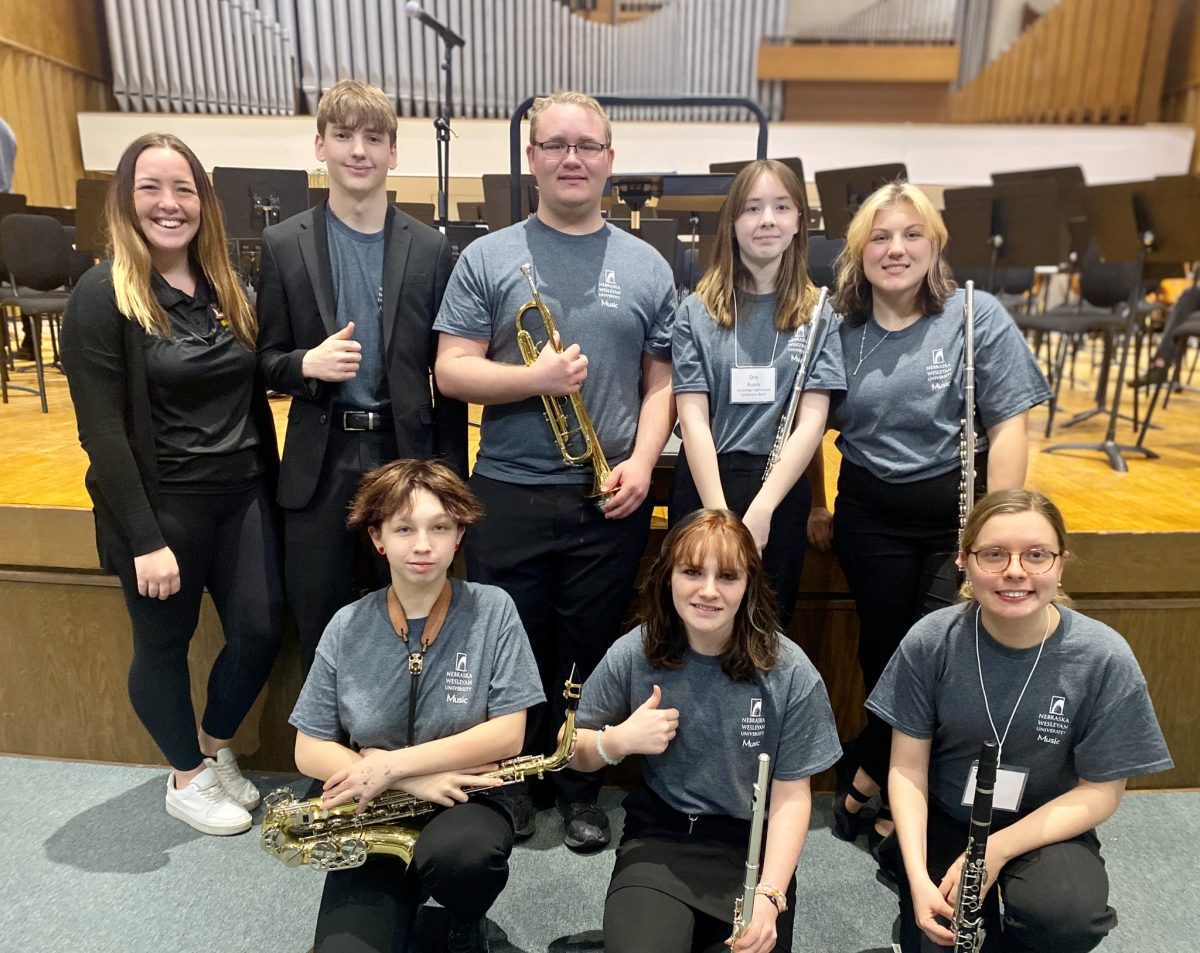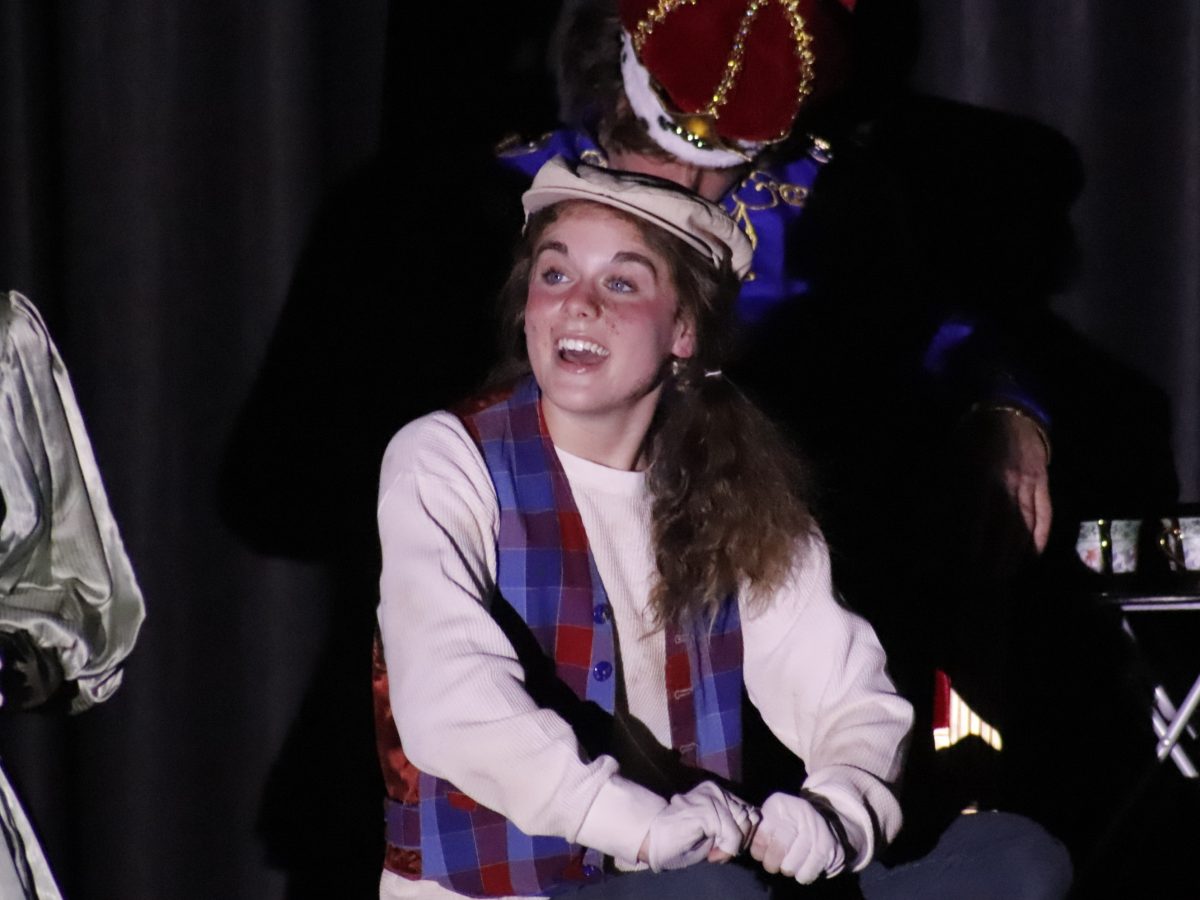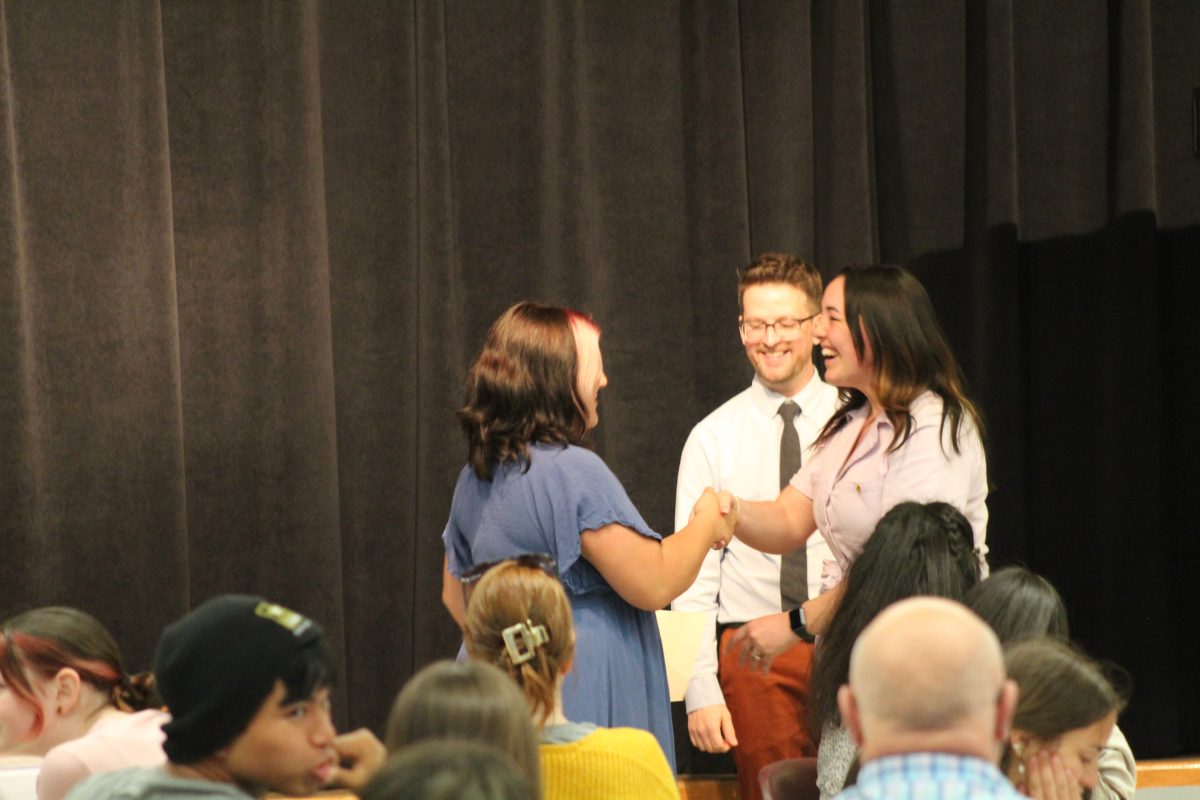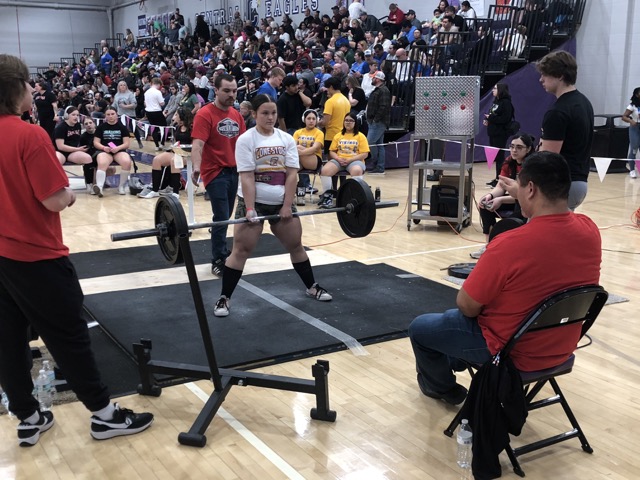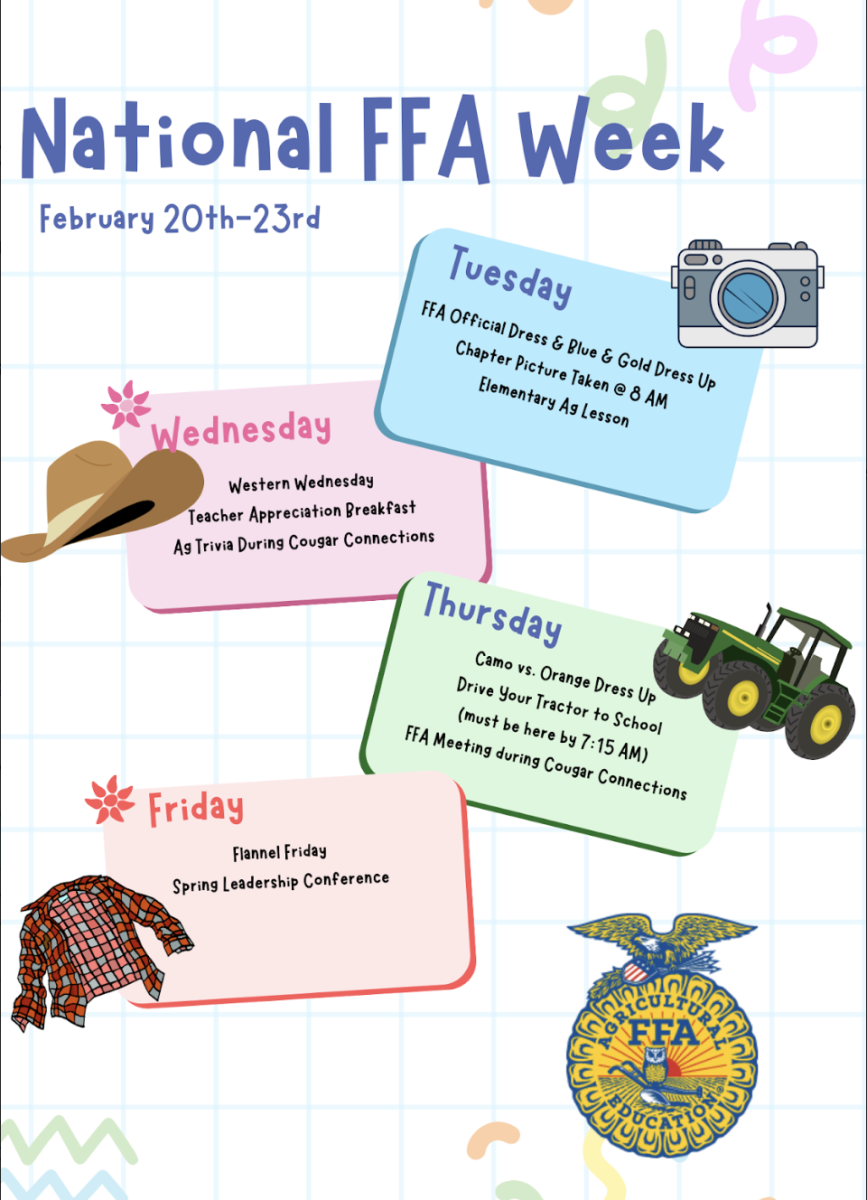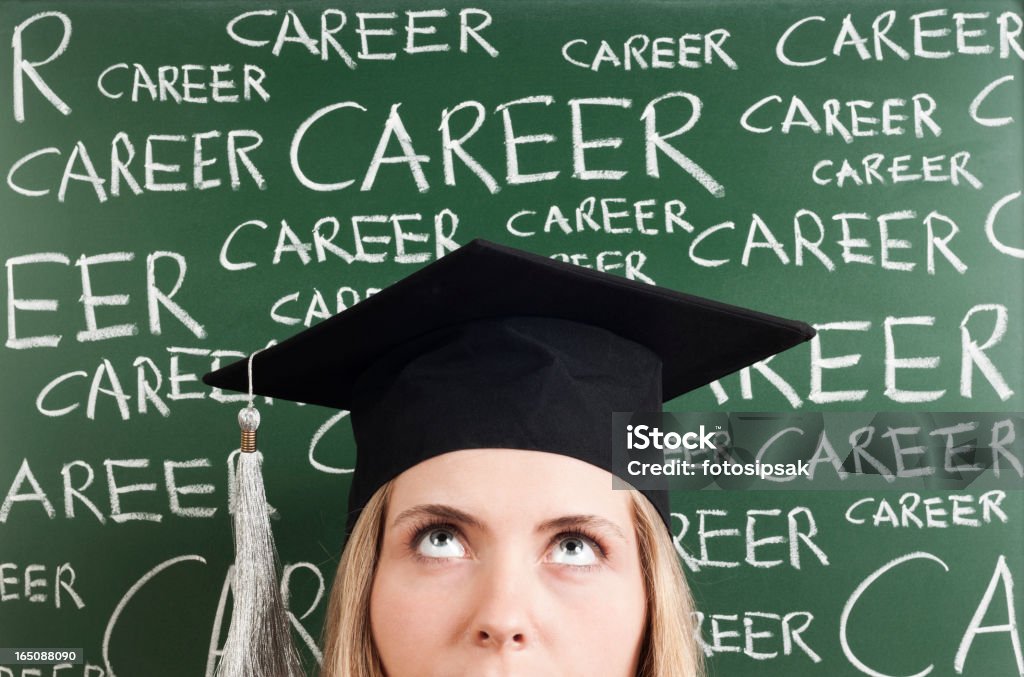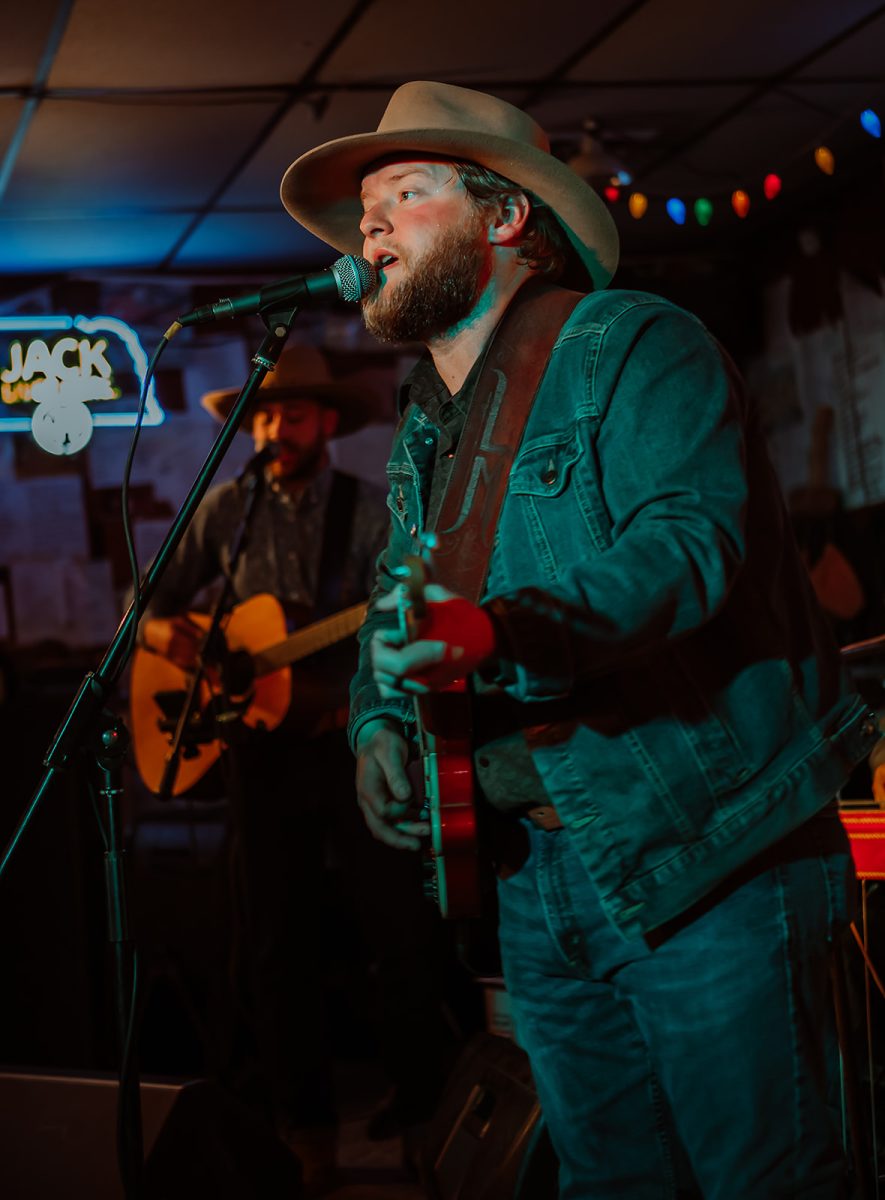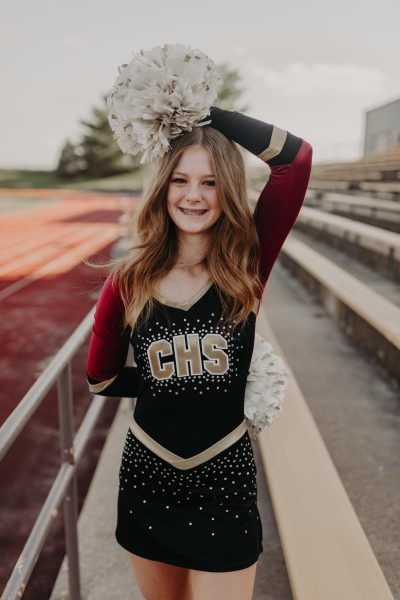Murray, NEB- The Conestoga Mock Trial season has ended. They competed in three mock trials on Oct. 30, Nov. 7, and Nov. 13 and were able to argue both sides of the case, plaintiff and defense. The pizza party will be this Sunday to celebrate their accomplishments and growth.
Conestoga created two teams this year because of high student interest. Conestoga One consists of Alyssa B, Elizabeth H, Raquel H, Piper I, John M, Alaina M, Savina P, Callie T, and Aaron W. Conestoga Two consists of Kailee D, Ayla D, Davida D, Ryleigh H, Jozlyn K, Evan M, Kylee P, Grant T, Elliot Z, and Kyler Z. Layla F. served as a student reporter. The program is led by Mr. Hegge and Judge Larry Welch. “We were the only team in our region this year that was able to field two teams.” shared Mr. Hegge. The program started with only 7 participants in 2020 and has seen a large increase in interest since then.
In a mock trial, all the teams across Nebraska are given the same fictional case and must choose three students to play attorneys and six to be witnesses. Three witnesses will testify when the team argues defense, and the other three will testify when the team argues prosecution. They are provided with witness statements, exhibits, and guidelines to build their case. The trial is run very similarly to a real-life court case. About a week before the trial, the team learns whether they are defense or prosecution. They then select the three witnesses they need, prepare opening and closing statements, and get ready to head to court.
The case this year is centered around leaking national defense. The defendant, Higgs Schrodinger, has taken a selfie in his parent’s lab with a classified formula. He then sent this image to people who did not have clearance to view classified information. One of those people is an anarchist, who posted the image on an anti-government website. The United States of America then prosecutes him for purposely disseminating sensitive information.
Mock trial helps students understand how the legal system works. Both witnesses and attorneys have to learn how to think on their feet. “It allows students to collaborate to create arguments and compete against other teams to determine who presents their argument the best,” says Mr. Hegge. Students also have the opportunity to interact with real-life judges and attorneys.

